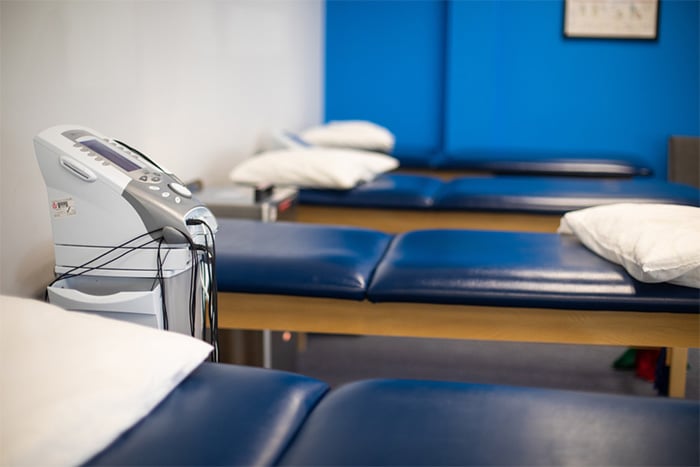How to Become a Physical Therapy Assistant
Physical therapy assistants work with patients to regain mobility and manage pain. For people who want a career in physical therapy, but don’t want to complete all the educational requirements to become a full-fledged physical therapist, pursuing a career as a physical therapy assistant can be a great compromise. Below, we answer all your FAQs about becoming a physical therapy assistant.
What do physical therapy assistants do?
As the name implies, physical therapy assistants (sometimes called PTAs) work under the supervision of physical therapists to help patients regain mobility and manage pain. PTAs help with tasks that directly involve patient care, such as observing them before, during and after therapy. They will note the patient’s status and report it to the physical therapist, help the patient perform exercises and educate patients and their family members about what to do at home after the treatment. They may employ a variety of techniques to help patients, including massages and stretching, and they may help patients with devices and equipment such as walkers.

How do I become a physical therapy assistant?
No matter what state you live in, if you want to become a physical therapy assistant you must earn an associate’s degree from a program accredited by the Commission on Accreditation in Physical Therapy Education. Like most associate’s degree programs, PTA programs usually last about two years. Coursework will include subjects like anatomy, physiology and kinesiology. Programs also include a supervised clinical component so students can get hands-on experience before graduation.
After graduating from the program, physical therapy assistants must become licensed or certified by passing the National Physical Therapy Exam for physical therapy assistants. Depending on which state you live in, you might also need to pass an exam on the state’s laws regulating the practice of physical therapy assistants, undergo a criminal background check and be at least 18 years old. Some states also require physical therapy assistants to earn certifications in first aid skills such as cardiopulmonary resuscitation (CPR) and basic life support (BLS). In order to keep your licensing current in your state, you might also need to complete continuing education courses in order to keep practicing. Check with your state board to confirm what licensing requirements you must fulfill in order to practice.

Where do physical therapy assistants work?
Physical therapy assistants work in a variety of environments. Slightly less than half of them (45 percent) work in the offices of physical, occupational and speech therapists and audiologists. Almost a quarter (23 percent) work in hospitals, either state, local or private. The rest of them work in the offices of physicians, nursing care facilities (skilled nursing facilities) or government organizations. While part-time work is available, most physical therapy assistants do work full-time. Because clinics are open beyond business hours to accommodate patients’ schedules, some assistants may work nights and weekends or other non-traditional schedules.
What do physical therapy assistants make?
According to the Bureau of Labor Statistics, the median annual wage for physical therapy assistants was $58,790 in May 2019. The lowest 10 percent of earners made less than $33,450, and the highest 10 percent of earners made more than $80,840. Physical therapy assistants make the most money at nursing care facilities (skilled nursing facilities), followed by home healthcare services and then the offices of physical, occupational and speech therapists and audiologists. Employment of physical therapy assistants is projected to grow 27 percent from 2018 to 2028, much faster than the average of five percent growth for all occupations.

What’s the difference between an assistant and an aide?
You might see physical therapy aides’ positions open at the same facilities that are hiring physical therapy assistants. While these jobs have similar titles, they are quite different in practice. Physical therapy aides help out with basic tasks around the office, such as cleaning treatment areas, setting up equipment, washing towels and linens and performing clerical tasks like answering the phone and scheduling appointments. To become a therapy aide, all you need is a high school diploma or the equivalent and some on-the-job training. They also make much less than physical therapy assistants. The median annual wage for physical therapy aides was $27,000 in May 2019.
Physical therapy can be a rewarding career for those looking to help patients recover after accidents and medical procedures. If you’re a PTA looking for workwear, be sure to check out our collection of cotton scrubs and our guide to what to wear under scrubs.



